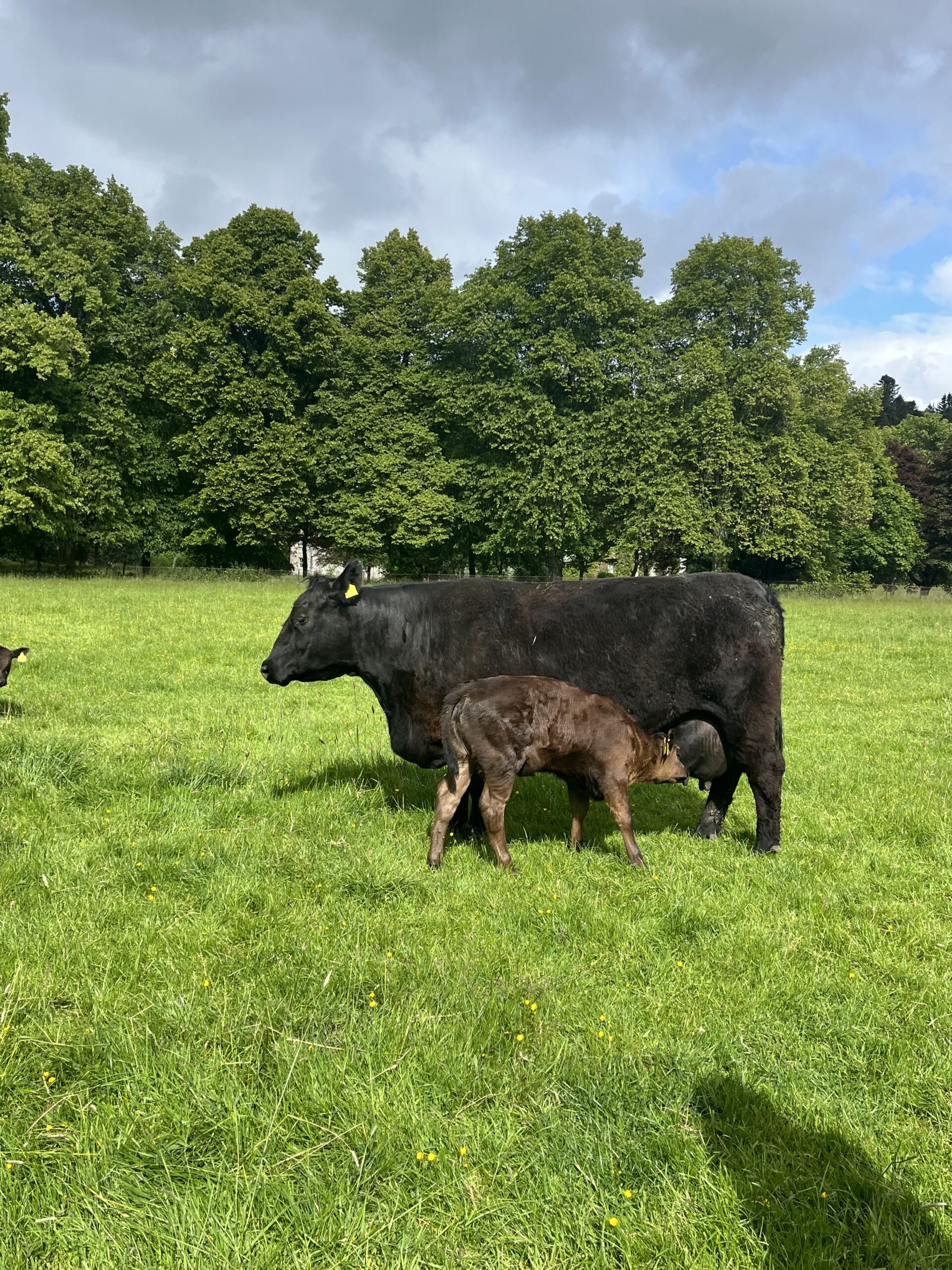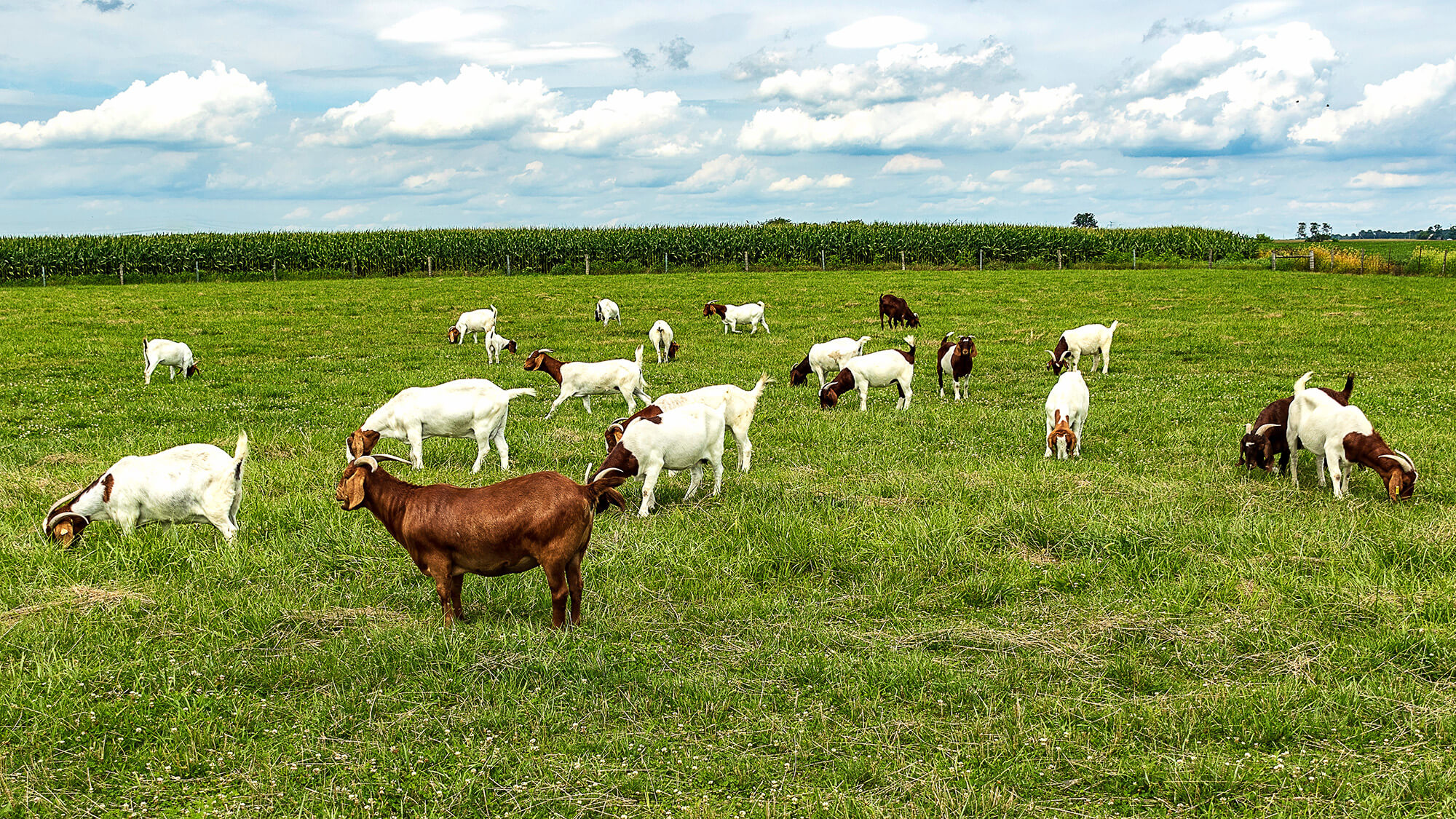
Here in the US, chicken, pork and beef reign supreme when it comes to consumers’ favorite meat choices. However, this isn’t the case in other parts of the world. Lamb and goat are particularly popular in many European, Asian and Oceanic countries, and for good reason. They’re incredibly tasty, and also very healthy to eat.
Look, we love our beef and poultry products. But if you haven’t tried lamb or goat meat yet, you’re missing out. Here are just a few reasons you should consider adding lamb and goat meat to your diet.
Diversify Your Food Profile
Every creature is a little different, and that comes with a lot of benefits. You’ve probably heard that you should eat as many colors as possible in your diet. That’s because every vegetable has a different nutrient profile. By eating lots of different kinds of foods, you’ll be benefiting your health as well as keeping things fun in the kitchen.
Lamb Meat: Omega 3s
Omega-3s are an important component of the human diet. They’re a type of fatty acid, and it’s important to try to get as many of them into your diet as possible. That’s because in the modern world, we consume far too many omega-6 fatty acids. We’re supposed to get a ratio of roughly 2:1 or 1:1 omega-6s to omega-3s, but we often get something more akin to 20:1.
This imbalance is thought to lead to inflammation, heart disease, certain cancers and other chronic health issues. Plants, nuts and seeds are great sources of omega-3, but so is grass-fed lamb.
“When we think about omega-3 fats and their availability from plants versus animals, we usually think about nuts and seeds on the plant side of things and fish on the animal side. But on the animal side of things, we should also think about grass-fed lamb,” states World’s Healthiest Foods.
Plus, like all grass-fed meats, lamb contains a diverse profile of nutrients, such as vitamin B12, selenium, protein, zinc and vitamin B3.
Goat Meat: B Vitamins and CLA
Now for goat meat. Keeping in mind that both goat meat AND lamb meat contain lots of healthy B-vitamins, goat meat may be particularly beneficial.
Now, it’s important to note that meat does contain omega-6s, but the type of omega-6 in your foods is very important. Unlike highly processed vegetable oils, the fatty acids in lamb meat (and goat meat, too), are a healthy type of omega-6 called CLA (conjugated linoleic acid). This particular nutrient is thought to help prevent cancer.
In fact, according to World’s Healthiest Foods, “studies show increased intake of CLA to be associated with improved immune and inflammatory function, improved bone mass, improved blood sugar regulation, reduced body fat, and better maintenance of lean body mass.”
The Bottom Line
Lamb and goat meat both contain omega-3s, CLA and B vitamins, in addition to lots of other vital nutrients. They’re also leaner than beef, which makes them a great source of protein for those who want to eat light.
But the biggest draw of all may be that these animals are less mass-produced, and therefore more likely to be treated humanely and pastured on family farms. We know that’s the case at our farm, anyway, for ALL of the species of animals we raise.

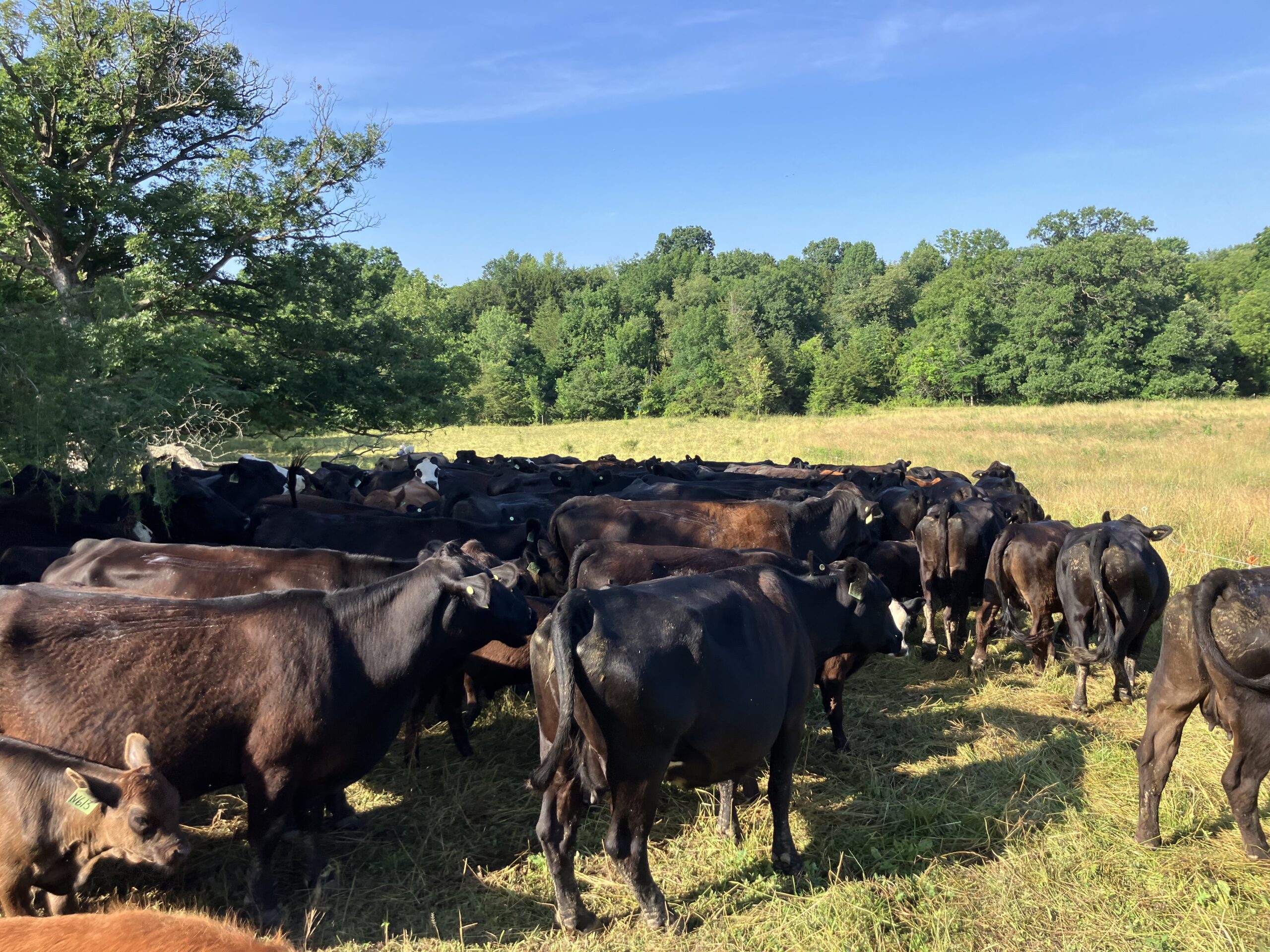
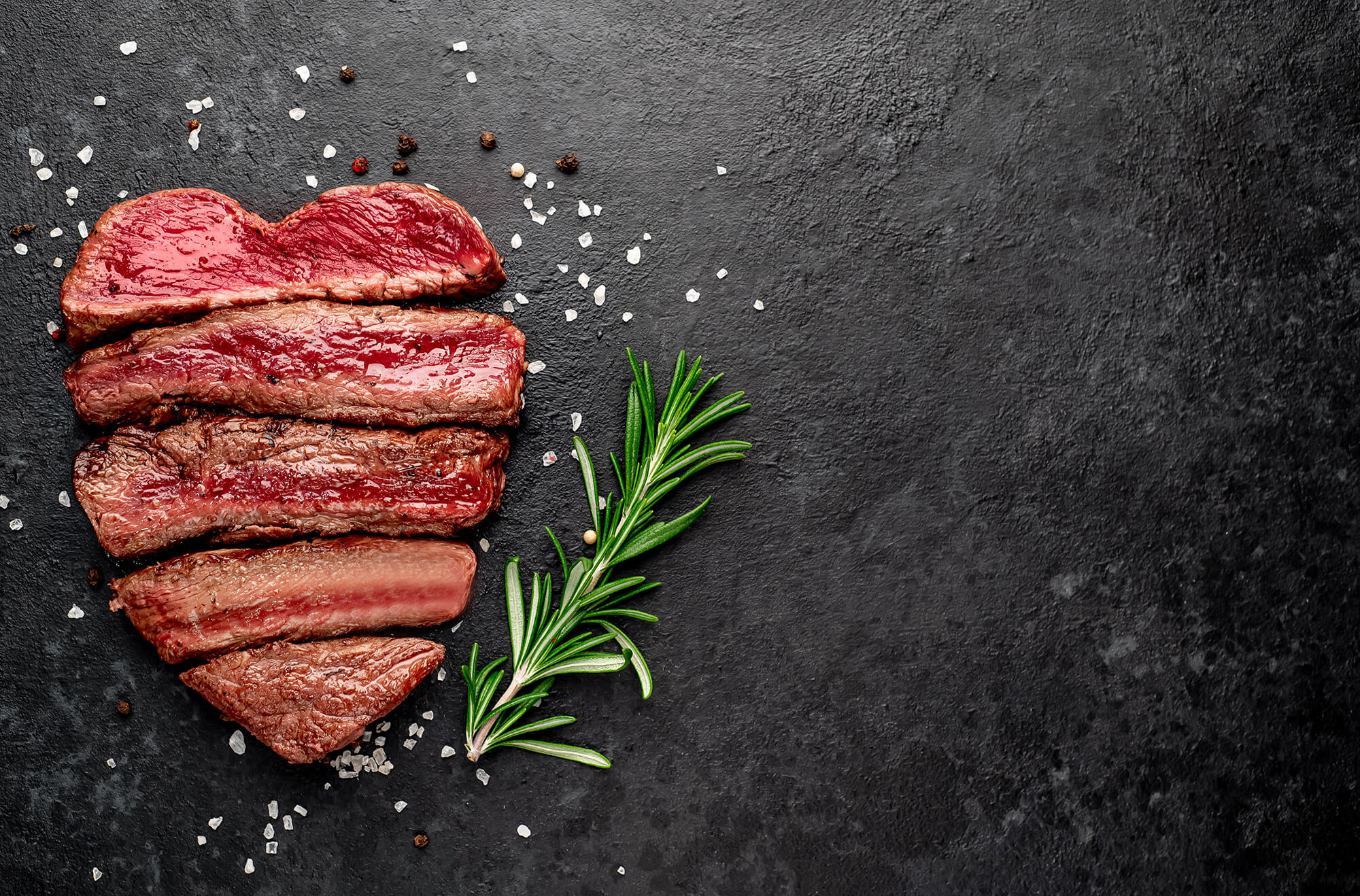
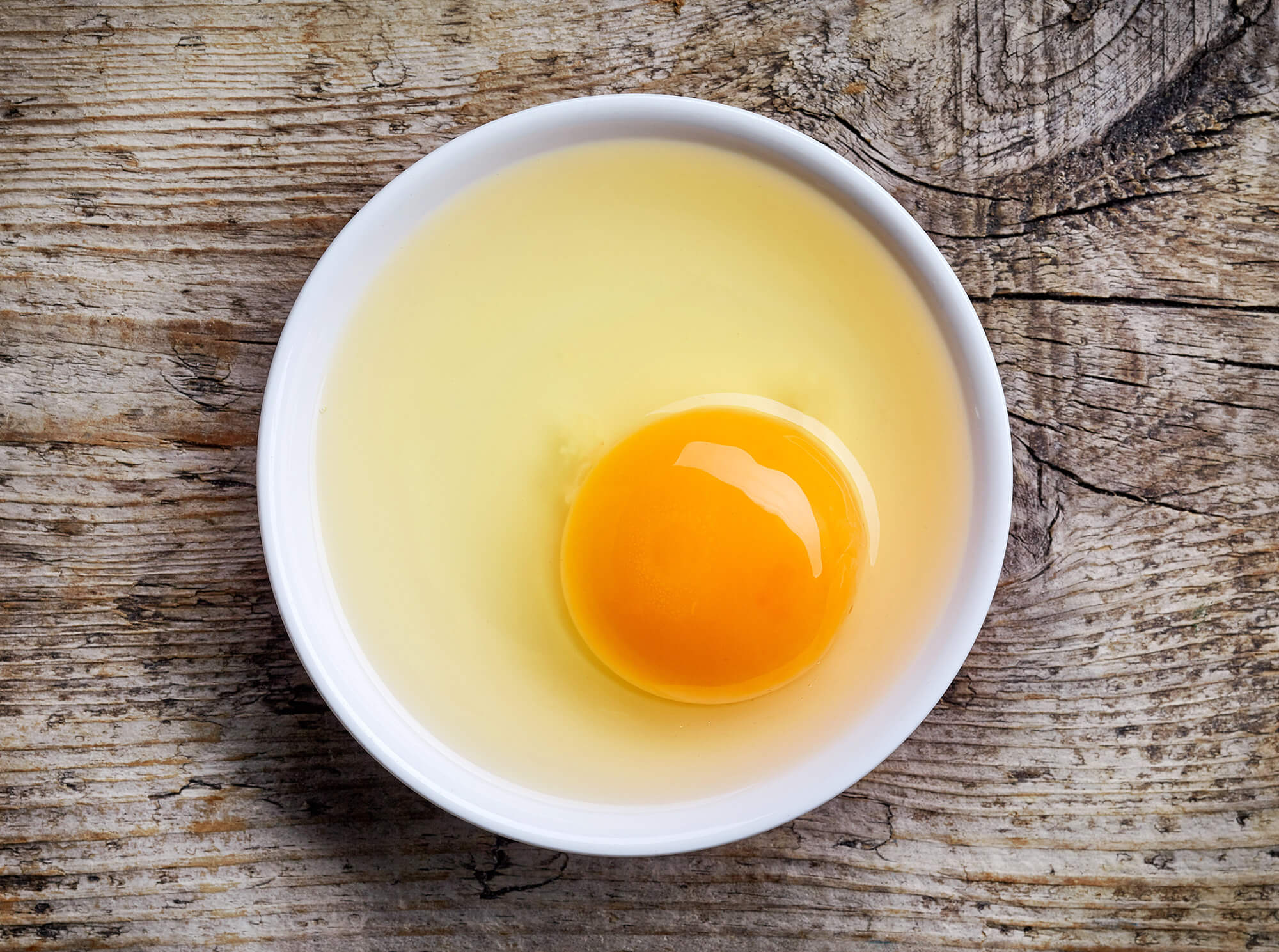
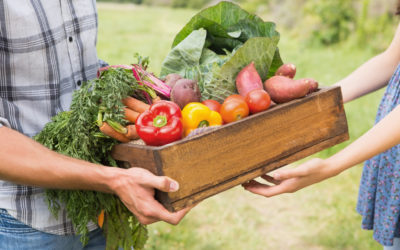
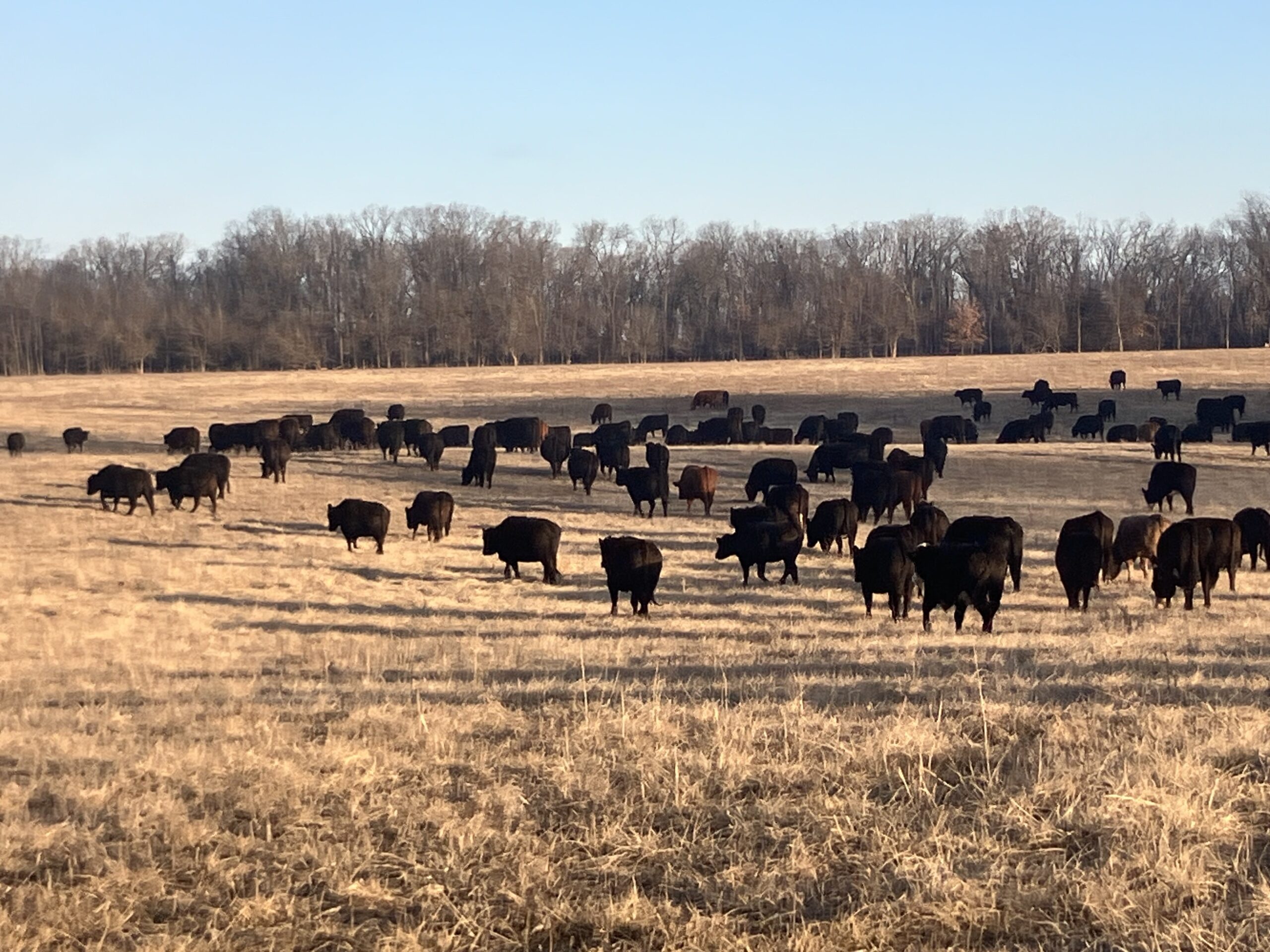



 So, as if you needed another reason to buy food locally, here it is: Buying that meat or produce from your local farmer benefits both of you, but it also allows you to know exactly what’s in your food. The turkey, beef, or veggies you buy from us are completely natural, with no additives.
So, as if you needed another reason to buy food locally, here it is: Buying that meat or produce from your local farmer benefits both of you, but it also allows you to know exactly what’s in your food. The turkey, beef, or veggies you buy from us are completely natural, with no additives.